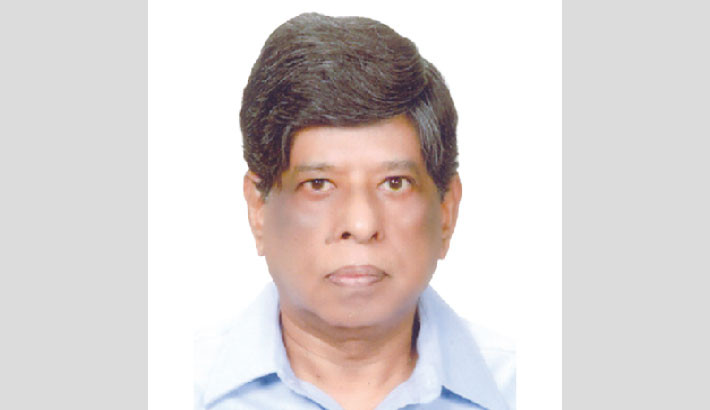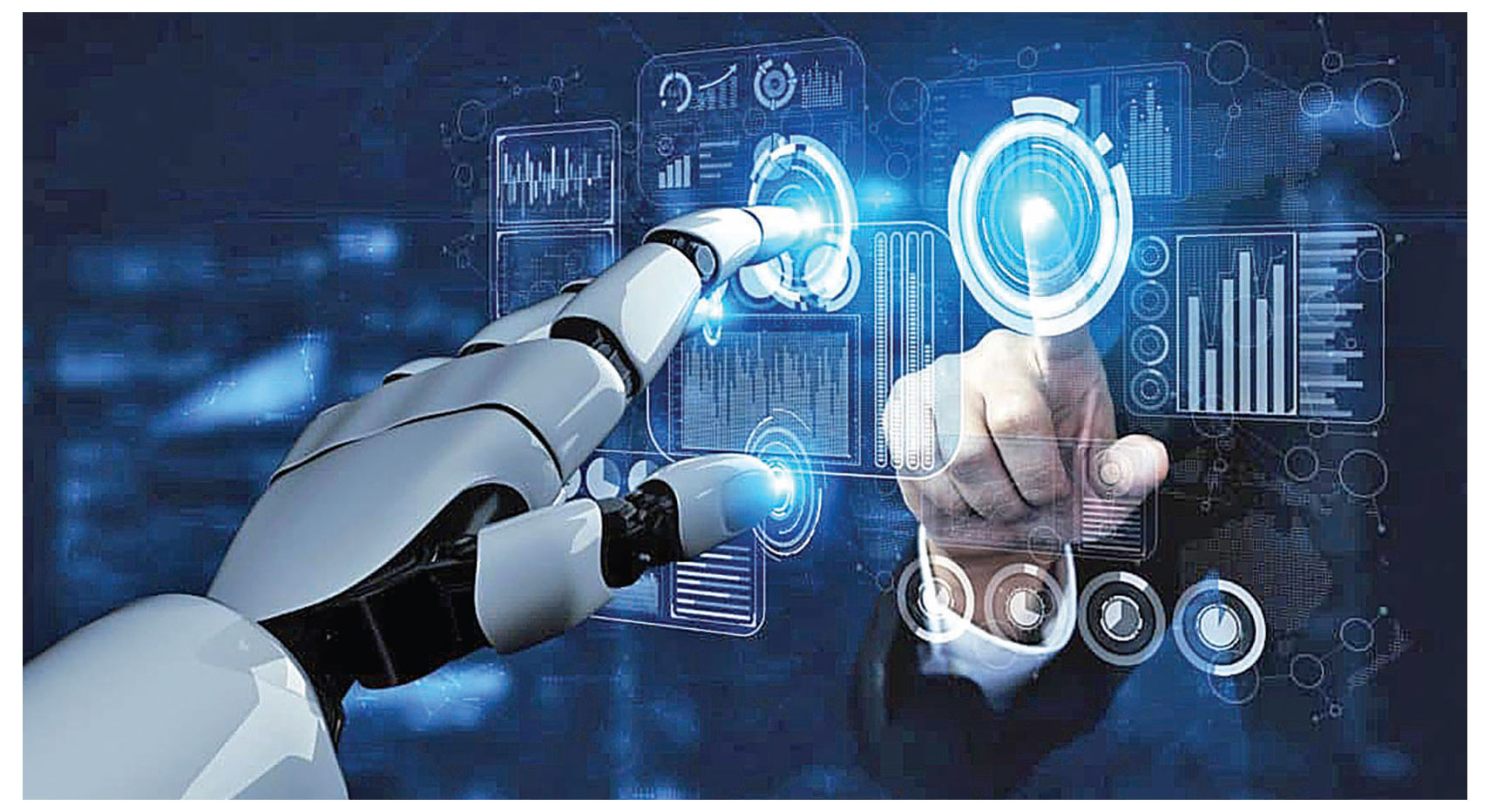
M M Shahidul Hassan
Now, it is highly important for Bangladesh to transform its industries to strengthen its economy. And it is equally important that it develops its higher education to keep pace with the era of Fourth Industrial Revolution (4IR). These two challenges are connected with each other. Besides, the country also has to rethink whether it wants this transformation to take place gradually, giving society and institutions time to adapt, or it wants it to be a giant leap required to keep pace with global change.
For decades, Bangladesh’s growth has relied on low-cost labour in garments, footwear, leather, agriculture, fisheries and services. This model has delivered economic gains but has not secured long-term competitiveness in a world driven by automation, robotics, and artificial intelligence fused with the Internet of Things (AIoT). The global shift toward “smart labour” makes clear that Bangladesh must rethink its approach.
Industries, however, cannot make this leap alone. Without universities producing graduates equipped with creativity, adaptability, and digital skills, industrial modernisation will stall. Many Asian nations have already paired industrial upgrades with reforms in higher education to stay ahead. For Bangladesh, the task is twofold: harnessing advanced technologies to add value in garments, pharmaceuticals, fisheries and agro-processing; and deciding whether these changes should be gradual or evolutionary.

A gradual path offers stability. Industries, institutions, and workers can adjust in phases automation introduced step by step, employees reskilled, and universities piloting new curricula before full-scale rollout. The risk, however, is that moving too slowly will lock Bangladesh into low-value activities while competitors march ahead at a fast speed.
An evolutionary path demands bold policies, rapid adoption of advanced technologies, and swift higher education reform. The risks are real (as there will be resistance, high costs, and short-term disruptions) but so are the rewards. The danger of waiting too long is far greater: falling behind in a race where delay could mean irrelevance.
One concern, shared by many densely populated nations, is that automation may gradually erode human involvement in economic growth. Rising unemployment could fuel social unrest. Yet the transition from Industry 4.0 to Industry 5.0 offers reassurance. Industry 5.0 shifts the focus back to humans, placing creativity, collaboration and sustainability at the centre of value creation.
In Industry 4.0, machines and digital systems dominate, and humans adapt to them. In Industry 5.0, humans and advanced technologies such as cobots, generative AI, digital twins co-create solutions. A car factory in Industry 4.0 uses robots and IoT to assemble faster with fewer defects. In Industry 5.0, cobots work with humans, cars are designed for recyclability and powered by renewable energy, and human creativity is central to innovation. Across both models, the true drivers remain a smart, adaptable workforce. Countries like Japan, China, India and South Korea are already leading this transition: Japan through conceptual frameworks, China and India through rapid expansion, and South Korea through projected growth. Yet, in much of Asia, Industry 5.0 is still at an early stage, awaiting deeper digital transformation as its foundation.
For Bangladesh, the 4IR presents a once-in-a-generation chance to move beyond garments and build a diversified, resilient and innovation-driven industrial base. Rather than relying on imported technologies, the country can develop home-grown innovation hubs where industries, universities, and start-ups work together on renewable energy, agro-tech, digital healthcare, and climate resilience. With bold steps in blockchain, fintech, e-commerce, and the gig and circular economies, Bangladesh could position itself as a regional leader in the new industrial age.
To see how technology creates opportunities for economic growth, the pharmaceutical and agrotech sectors provide good examples. With biotechnology, genetic engineering, and AI-driven drug discovery, Bangladesh could emerge as a biopharma hub for South Asia. Meanwhile, IoT sensors, drones and AI can transform farming into smart agriculture, reducing waste, boosting yields and enabling value-added, export-ready food processing.
Higher education faces a parallel challenge. Universities remain tied to traditional “chalk-and-duster” teaching and exam-centric evaluation. Graduates often leave with degrees but without critical thinking, problem-solving, adaptability, lifelong learning, and digital fluency. Employers at home and abroad need innovators, not rote learners. Without urgent reform, Bangladesh risks producing degree holders but not change-makers.
The 4IR is advancing with or without us. The question is not whether to transform, but how. A blended strategy may serve Bangladesh best: gradual in labour-intensive sectors where livelihoods are at stake and evolutionary in emerging industries where speed matters most.
If industries and universities evolve together, Bangladesh can move from survival to leadership, anchoring its future on innovation, sustainability and human development. The time to act is now.
_______________________________________________
The writer is Distinguished Professor at Eastern University, and former Professor of Bangladesh University of Engineering and Technology (BUET)

